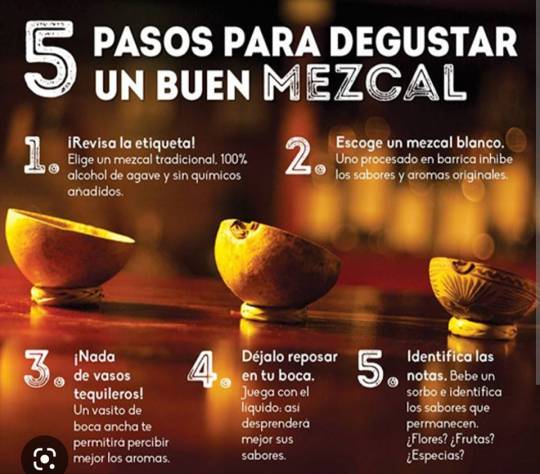#mezcal
Text


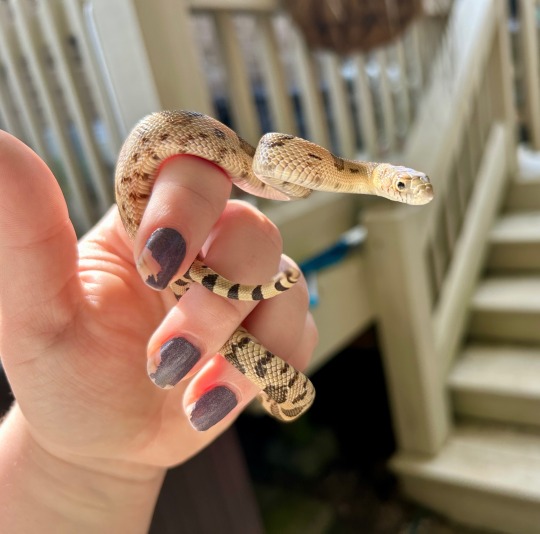

Various outdoor pics of Mezcal (09). So happy it's the perfect temp for temp sensitive species rn.
Sorry for my chipped nails I'm gonna redo them today lol
36 notes
·
View notes
Text
I saw some threads in which people were condemning use of agave syrup, on the grounds that agave cultivation has deleterious ecological consequences.
I haven't actually checked whether agave cultivation is more destructive than growing potatoes or carrots or anything else on a per calorie basis, and I don't know whether environmental damage per calorie is the best metric, but my curiosity took me in a different direction: how much agave goes to agave syrup, how much goes to tequila, and how much goes to mezcal?
I'd think agave farming associations would have this data -- that they'd be pouring over the data, trying to see if they could market agave-syrup baklavas, wondering whether they could somehow sell people on a double-tequila margarita for Taco Tuesday specials, etc. Maybe they do, but I can't find it.
For the amount of agave syrup, I found this site, ominously called Mordor Intelligence, claiming that the agave syrup market in 2024 was $187.24 million. How much agave is that, though? One Amazon source of bulk agave is $147.58 for 44 lbs. (There are other sources, but they don't differ radically.) This suggests that about 25,322 tonnes of agave syrup were sold in 2024. A USDA source claims that agave syrup is about 68% sugar by weight, the amount of sugar being sold in agave syrup is around 17,219 tonnes. (I have way more significant figures than is justified here, but I'm leaving them in mid-process.)
Mordor Intelligence claims the 2024 tequila market 457.96 million liters. Tequilas are, I've heard, often 80 proof, or 40% alcohol by volume. So a liter of tequila should, in principle, have 400 ml of alcohol, weighing 0.79 g/ml * 400 ml = 316 grams of alcohol. It's generally accepted that fermentation yields about 55% of the starting sugar mass as ethanol. I.e., 1 kg of sugar will give you about 550 grams of ethanol. So each liter of tequila started from 575 grams of agave-sourced sugar.
This suggests that the amount of agave-derived sugar going into tequila is about 263,119 tonnes. Except one thing: a lot of tequila is not pure fermented agave. Up to 49% of tequila can be some other neutral grain spirit. This could potentially cut sugar going into tequila to 134,191 tonnes.
So, back-of-the-envelop, it looks to me like 7-8 times as much agave goes to tequila as to agave syrup, although some tequilas are higher than 80 proof, and contain more than 51% agave sugar, so this is probably something of an underestimate. I also feel there's a lot of uncertainty in the agave syrup quantity estimate -- is the agave syrup market the market for selling agave from farm to processors, or is it final purchases by consumers? I think most consumer agave syrup is bought in smaller batches, at higher per-volume prices, than the four gallon Amazon agave jug, so perhaps total agave sugar in syrup is an overestimate.
What about Mezcal? I tried to figure that out, but I got exhausted, so I'm not sure. The North American market page puts market volume at 19.73 million liters. The global market page puts Mexican exports in 2020 at 4.8 million liters. So is ~15 million liters consumed within Mexico? I don't know if I trust this data. I don't know if I trust a lot of the previous data either. I think it's a significantly smaller market than tequila. if anyone has good data on Mezcal -- or better data than what I have on agave syrup and tequila -- I'd certainly welcome it.
(I'm not going to disingenuously pretend not to understand why some people on Tumblr get super mad about agave syrup rather than condemning Friday night margaritas, but that seems to me like a fairly obvious and uninteresting phenomenon, at least in my current state, so I focused on trying to reverse engineer the allocation of agave from scattered data on final agave products.)
24 notes
·
View notes
Text
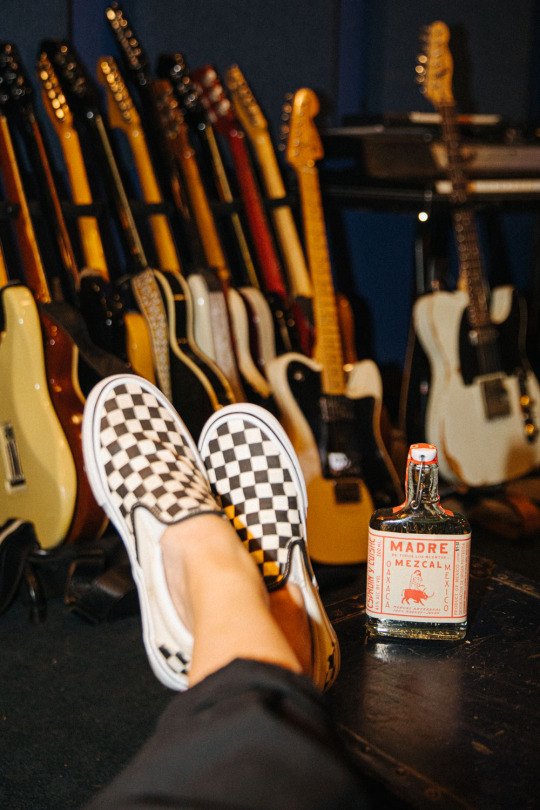
fenders, vans, madre. holy trinity?
//////////
WWW.DESCRIBETHEFAUNA.COM
#fender#guitar#vans#shoes#madre#mezcal#studio#recording#alcohol#music#the market#echo park#california#flask
182 notes
·
View notes
Text

Killer Bee Mezcal !
Ingredients:
2 oz Mezcal
0.75 oz Honey Syrup
0.75 oz Fresh Lemon Juice
Thyme sprig (for muddling and garnish)
Ice
Directions:
In a shaker, gently muddle a thyme sprig to release its herbal essence.
Add mezcal, honey syrup, and fresh lemon juice to the shaker.
Fill the shaker with ice and shake well for about 10-15 seconds to meld the flavors and chill the mixture.
Strain the cocktail into a rocks glass filled with fresh ice.
Garnish with a thyme sprig for a visually appealing and aromatic touch.
This article was not sponsored or supported by a third-party. A Cocktail Moment is not affiliated with any individuals or companies depicted here.
#art#design#cocktails#drinks#cocktail#cocktail recipes#recipes#drink recipes#drink#mezcal#honey#syrup#lemon#st valentines day#valentines day
33 notes
·
View notes
Text






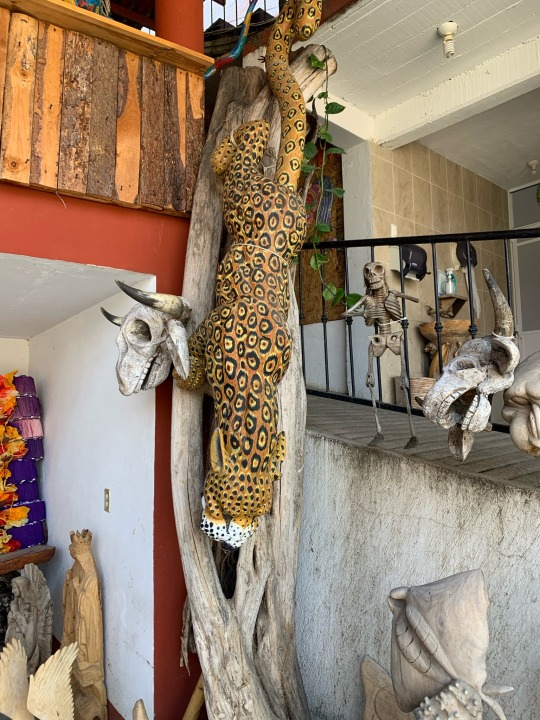
Mezcal y Alebrijes
📍Oaxaca
76 notes
·
View notes
Photo
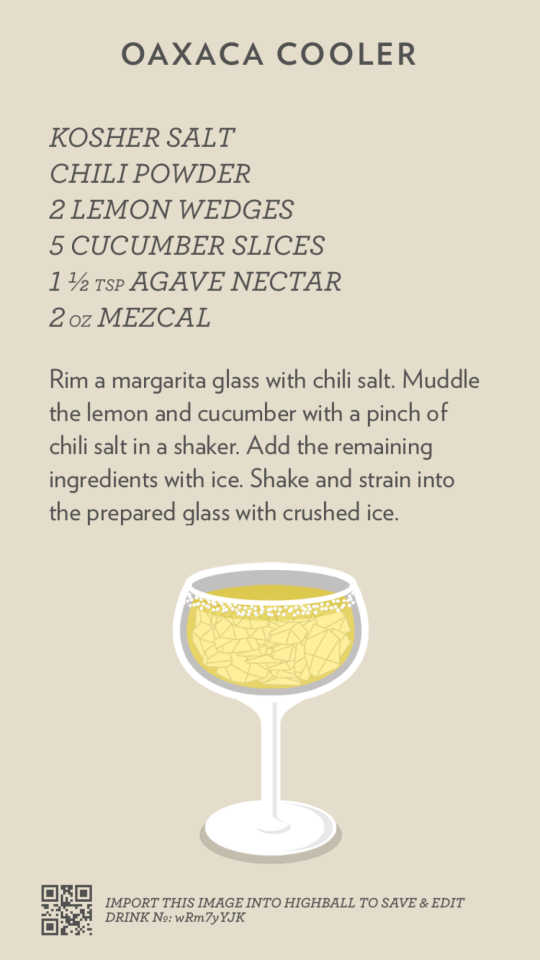
Oaxaca Cooler
10 notes
·
View notes
Text
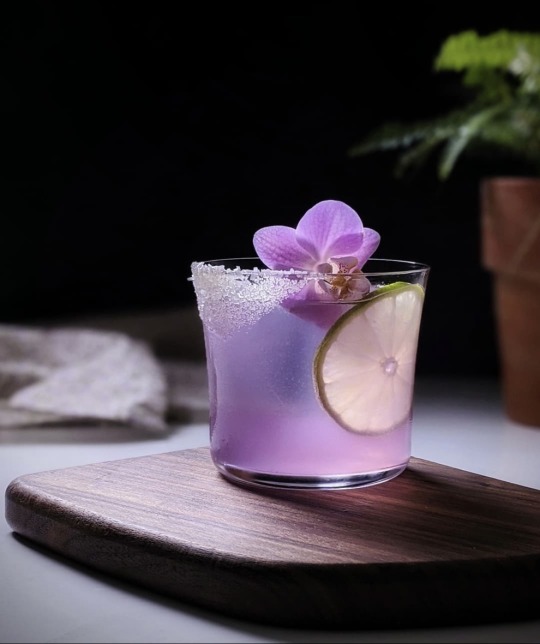
𝙇𝙖𝙫𝙚𝙣𝙙𝙚𝙧 𝙎𝙢𝙤𝙠𝙚
54 notes
·
View notes
Text
Mezcal and Friends...
And finally Sam followed The Lost Explorer Mezcal account...

David de Rothschild's Mezcal (Remembering that David is the husband of Karina Deyko, Cait's friend)...


...


Sam and David receiving an honorary doctorate at the University of Glasgow’s Dumfries campus, in 2019...

149 notes
·
View notes
Text

Hard tequila. (Mixed media Collage on paper)🌵🥃🔥💀🔜☠️🍋(mixed media on paper)🌵💀💥
#tequila#tequila sunset#tequila sunrise#blue agave#agave nectar#agave plant#agave#mezcal#hand lettering#poster art#tijuana#mexico city#calavera#skull art#skulls#dia de los muertos#day of the dead#naive art#collage art#collage artwork#outsider art#mixology#bartender#limes#pop art#folk art#folk art painting#Basquiat#jean michel basquiat#keith haring
23 notes
·
View notes
Text



Domingo entre plantas, amigas, pláticas michelada risas y mucho mezcal.
8 notes
·
View notes
Text

Smoky Spice !
Ingredients:
56ml Mezcal
84ml Pomegranate juice
28ml Lime juice
28g Sugar
2 lime leaves
Instructions:
Step 1: In a small pot, mix tap water, caster sugar, and fresh lime leaves. Stir well over medium heat until the sugar is completely dissolved, then turn off the heat. Next, strain to obtain a simple syrup.
Step 2: Take a cocktail shaker, and add ice cubes, pomegranate juice, Mezcal, lime juice, and the previously filtered syrup into it. Close the lid and shake well.
Step 3: Place dry ice in a glass, pour the cocktail mixture into the glass, and it’s ready.
Courtesy Maii Phuonngg
This article was not sponsored or supported by a third-party. A Cocktail Moment is not affiliated with any individuals or companies depicted here.
#art#design#cocktails#drinks#cocktail#cocktail recipes#recipes#drink recipes#drink#mezcal#pomegranate#lime#sugar#maii phuonngg#halloween#halloween cocktail
29 notes
·
View notes
Text

paired these beauties for the train up north
10 notes
·
View notes
Photo

Smoke, Spice, and Everything Nice
15 notes
·
View notes
Link
“For the past two centuries, local Ixcatec people in the southern state of Oaxaca have made a living producing mezcal, a liquor which, like tequila, is derived from the fermented juices of ripe agave cores...
But with the skyrocketing global popularity of mezcal, planting, collecting and producing mezcal has boomed across the country. In 2021, the country produced more than 8 million liters of certified mezcal, an approximate 700% increase from ten years ago. Most of this mezcal, about five million liters per year, is designated for international markets... In Oaxaca alone, where 85% of mezcal is produced, 25,000 families rely on its production for at least part of their livelihoods.
To meet the global demand, producers in various states of Mexico are over-harvesting wild agave and expanding monoculture plantations. According to Alfonso Valiente, an ecologist at the Institute of Ecology at the National Autonomous University of Mexico, this is putting pressure on local ecosystems by shrinking the genetic diversity of agave, threatening bats reliant on the succulent species and increasing deforestation...
Valiente and a team of over sixty scientists backed by their respective universities are running a research project across five states in Mexico along with local producers. This collaboration between researchers and farmers started in San Juan Raya, another village in the biosphere reserve...
Incubating a sustainable plantation
In San Juan Raya, Valiente and other scientists hope their research project will inform sustainable plantations in the region by using agroecological systems.
Eight years ago, they first established a nursery surrounded by mesh to ensure the survival of the seedlings from predators. Planted in rows are now about 45,000 young agave plants, the two native species of this place, Agave Potatorum and Agave Marmorata.
Unlike monoculture plantations, where plants reproduce by shoots (small plants that are born at the base of the stems), which are replicas of the main plant, community members here collect the seeds. One agave usually produces thousands of seeds. They plant them in the shade for protection during their first years...

Pictured: In the nursery in San Juan Raya, thousands of little agave plants are covered from the beaten sun.
As the sun sets on the peaks of the hills and canyons of the reserve, Alfonso Valiente guides us through one of two plots in their plantation designated to grow. As of last December, about 8,000 agave plants have been transplanted. Approximately 2,300 of them are marked with numbers to observe which other plants support the growth of transplanted agave.
“What we have noticed until now is that if you plant agave where there is an empty space and no supportive plants around, it dies more easily,” Valiente explains. “Agave grows better if the surrounding plants are genetically diverse.”
According to the latest research, the best plants to plant agave around are legume shrubs, such as e.g. Mimosa Luisana, a nitrogen-fixing plant that supports nitrogen in soil with the help of bacteria...
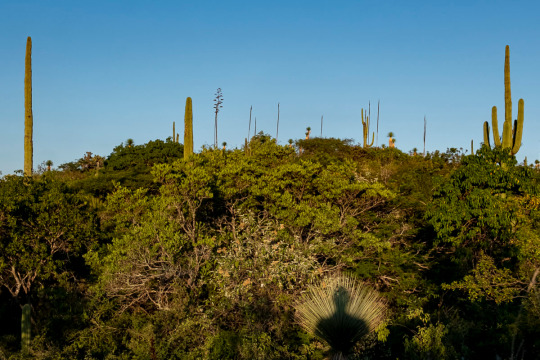
Pictured: In the agroecological system, agave grows alongside columnar cacti, legume shrubs, succulents and other native agave species.
In agreement with communities that participate across Mexico, up to 30% of the agave plants will be left in the polyculture plantations to nourish bats and other animals dependent on the nectar and pollen of the agave flowers. The other 70% will be sold for mezcal production.
However, as this is a long-term project without immediate economic returns, this also makes a lot of local producers, like those in Santa María Ixcatlán, reluctant to embark on the project.
In San Juan Raya, they still need to wait at least two more years for the agave to mature...
Plantations similar to the ones in San Juan Raya are being prepared in Guerrero, Tamaulipas, and Sonora. Valiente and other scientists are now campaigning in Oaxaca to get more communities involved in their project...
In various Mexican states, mezcal producers have also been searching for solutions to protect ecosystems as the demand for local liquors is growing. In Oaxaca, Guerrero, or even Jalisco—a state famous for its tequila production—some families and companies are exploring the management of agave in forests and ways to protect landscapes where it grows.”
-via Mongabay Environmental News, 2/10/23
#mongabay#mongabay environmental news#environmental news#conservation news#agave#mezcal#sustainable agriculture#monoculture#polyculture#mexico#oaxaca#agroforestry#agroecologia#science and technology#cocktails#mixology#good news#hope
43 notes
·
View notes
